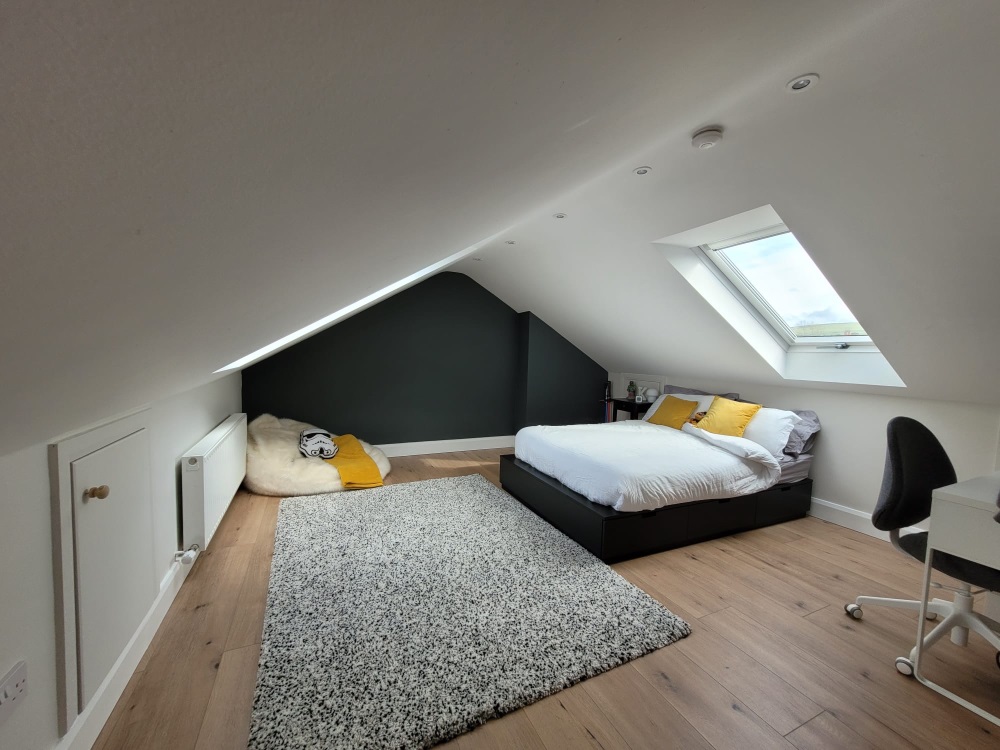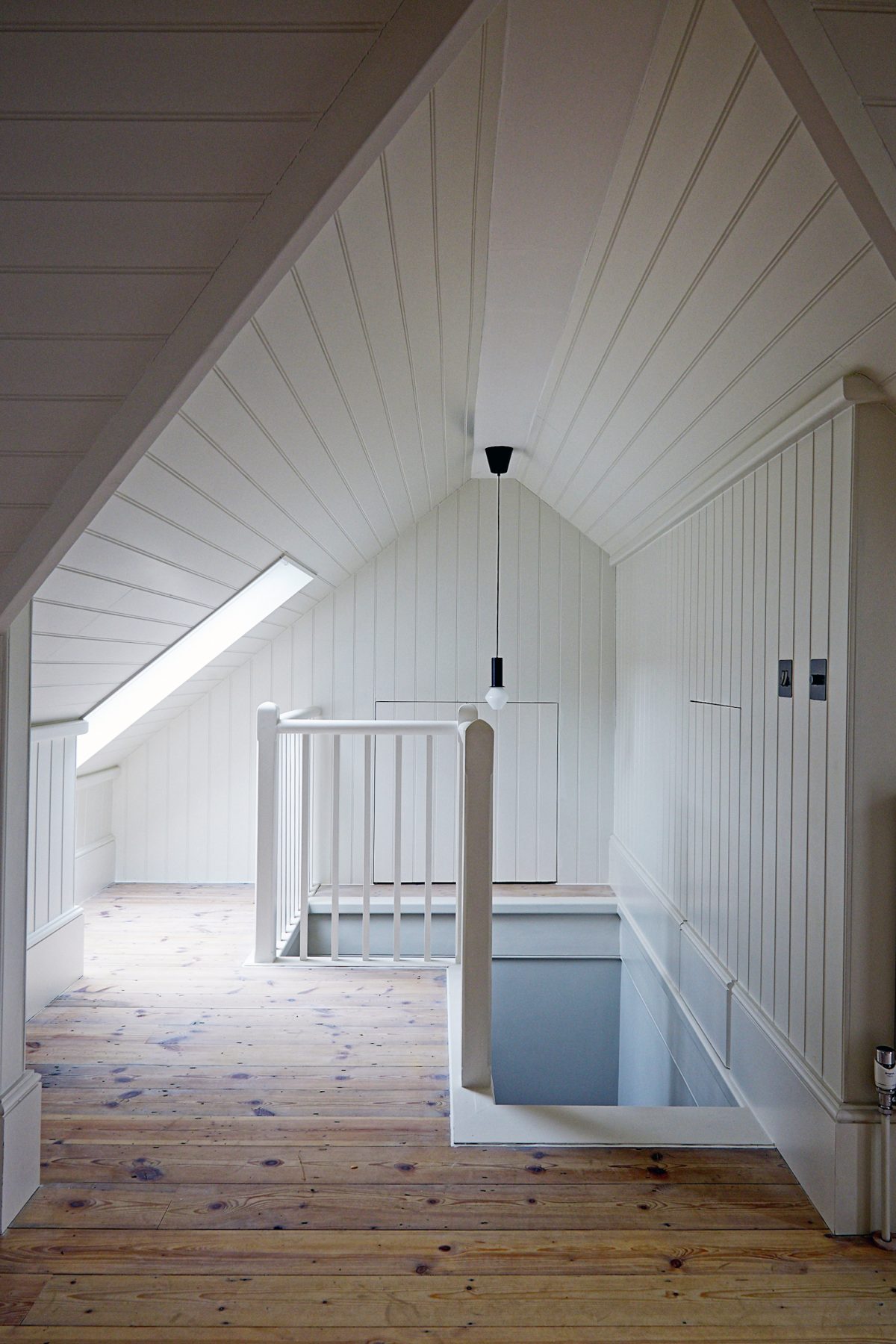Dachbodenausbau: Your Guide to Transforming Your Attic Space
Dachbodenausbau, or attic conversion, is an excellent way to increase your living space and add value to your home. Whether you’re looking to create a cozy bedroom, a home office, or a playroom for your children, a well-planned attic conversion can meet your needs. In this article, we will explore the steps, benefits, and considerations involved in a successful Dachbodenausbau.
Benefits of Dachbodenausbau
Transforming your attic offers numerous advantages that go beyond merely gaining additional square footage. **One of the key benefits** of Dachbodenausbau is the significant increase in home value. According to various real estate studies, a well-executed attic conversion can yield a return on investment of 70% to 90%. Furthermore, this renovation can also improve energy efficiency by enhancing insulation and ventilation. More than just a financial benefit, attic conversions can provide extra privacy, as they often come with their own separate access points.
Types of Rooms You Can Create
During a Dachbodenausbau, the possibilities are nearly endless when it comes to the types of rooms you can create. For instance, some homeowners choose to make an additional **bedroom**. This is particularly beneficial for growing families. You could also consider turning your attic into a **home office**, providing a quiet and isolated space to work without distractions. Lastly, many opt for a hobby room or an entertainment area, enhancing the overall functionality of your home. Below is an example of a stylish attic bedroom conversion that maximizes space and aesthetic appeal.

Increased Home Value
The importance of a Dachbodenausbau in terms of financial benefits cannot be overstated. Adding additional square footage tends to increase the resale value of a property. According to research by national real estate associations, adding a bedroom can exponentially elevate your home’s market appeal. In fact, homebuyers often look for additional versatile living spaces that contribute to family comfort. Thus, executing your attic project effectively can mean a significant uptick in both your property value and overall lifestyle.
Planning Your Dachbodenausbau
Planning is key when it comes to a successful Dachbodenausbau. The **first step** includes determining if your attic meets the structural requirements for conversion. Factors like roof height, structural integrity, and accessibility through proper staircases must be evaluated before proceeding. Moreover, acquiring the appropriate permissions from local authorities is necessary to ensure a smooth renovation process.
Choosing the Right Professionals
Once you have confirmed the feasibility of your attic space, it’s essential to hire qualified professionals. **Architects** can help in developing a functional floor plan that utilizes the existing structure effectively. Builders or contractors will handle the physical renovations, so selecting someone with experience in attic conversions is critical. Be sure to request portfolios and client references before making your choice. A well-coordinated team can turn your vision into reality while staying within your budget and timeline.
Design Considerations
When planning your Dachbodenausbau, design should always be a consideration. Incorporating features like skylights can not only enhance natural light but also improve ventilation. It’s important to think about insulation as well; good insulation maintains energy efficiency and keeps the space comfortable throughout the year. Additionally, a cohesive design that blends the attic conversion with the rest of the home through flooring and décor can create a unified living environment.

Common Challenges and Solutions
While Dachbodenausbau offers great potential, it also comes with challenges. One common issue is **limited headroom**, which can restrict how the space can be used. Opting for creative storage solutions like built-in shelves or even custom furniture can utilize every inch effectively. Additionally, maintaining a balanced distribution of air conditioning and heating might be hard, so professional HVAC systems tailored for your new space can be a practical investment.
Budgeting for Your Project
Understanding the costs involved in your Dachbodenausbau is crucial. Costs can vary widely based on the scope of the project. Generally, the average conversion can range from €15,000 to over €50,000, depending on complexity and local regulations. It’s advisable to also plan for unexpected expenses; setting aside an additional 10-20% of your budget can accommodate unforeseen issues. Tracking every expense clearly can make this financial journey smoother.
Legal Regulations
Maintaining compliance with local **zoning laws** and building codes is vital to avoid complications. Before starting your project, ensure you understand what is permissible, including fire safety regulations, plumbing requirements, and electrical standards. Consulting a local professional who’s experienced in **Dachbodenausbau** regulations can save time and leverage their knowledge to navigate this part of the process effectively.
Key Takeaways
- Dachbodenausbau can significantly improve your home’s value and livability.
- Proper planning and hiring experienced professionals are essential for success.
- Design considerations like insulation and lighting should not be overlooked.
- Anticipating common challenges and regulatory requirements can smooth the renovation process.
FAQ
1. What are the first steps in planning a Dachbodenausbau?
The initial steps include assessing your attic for structural soundness, checking headroom and access to determine feasibility, and securing necessary local permits. Contacting professionals early in the process, like architects or contractors, can facilitate an effective planning phase.
2. How can I improve the natural light in my renovated attic?
Adding **skylights** or dormer windows can significantly enhance the amount of natural light in your newly renovated space. It’s essential to consider the placement of these installations to maximize sunlight while maintaining structural integrity.
3. How does an attic conversion affect energy efficiency?
Proper insulation during a Dachbodenausbau helps to improve overall energy efficiency, reducing heating costs in winter and cooling costs in summer. Ensure that your attic is adequately insulated and consider **energy-efficient windows** to enhance comfort year-round.
4. Are there grants or financing options available for attic conversions?
Many regions offer grants, low-interest loans, or tax incentives for home improvements, including attic conversions. Research local programs or consult with a financial advisor to explore options that could alleviate financial burdens.
5. How long does a typical Dachbodenausbau project take?
The timeline for completing a Dachbodenausbau varies but can typically range from a few weeks to several months, depending on factors like design complexity, compliance with regulations, and contractor availability. Regular communication with your chosen team will help manage expectations throughout the process.
